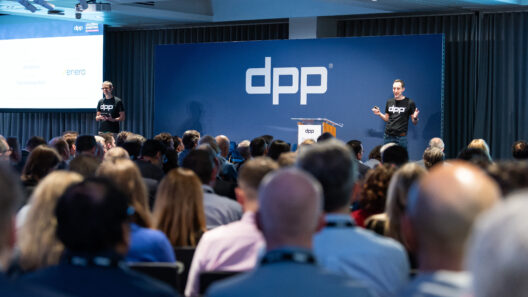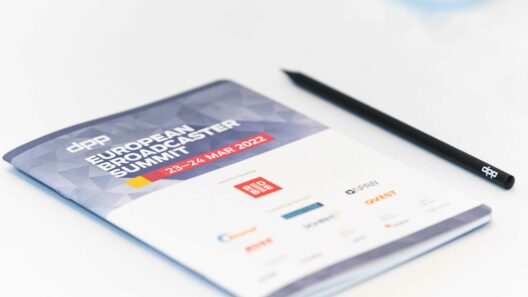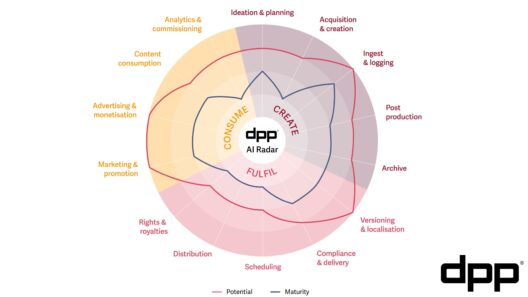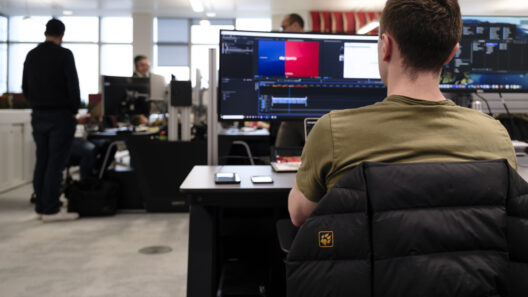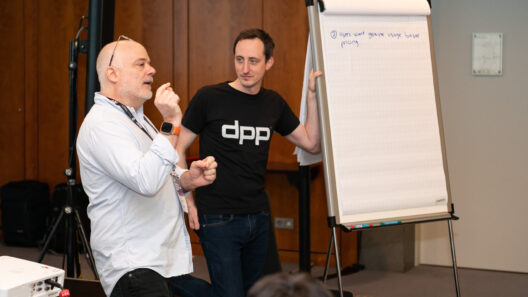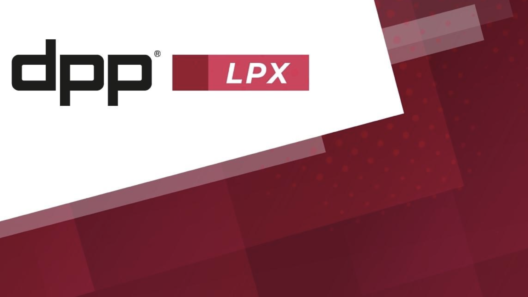The DPP has today released two documents that extend the functionality of the Interoperable Master Format (IMF) through the development of an Auxiliary Image Sequence Plug-in. Recommendation DPP 006: IMF Plug-in for Auxiliary Image Sequences, and the accompanying white paper DPP Auxiliary Image Sequence, address the existing problem of managing sign language interpreted content in IMF, and open up new possibilities for content localisation and addressable advertising.
The component-based nature of IMF already allows multiple versions of a programme to be created, managed and distributed more efficiently. However, SMPTE ST 2067-21:2016 (Interoperable Master Format) is limited to a single concurrent video track in any composition. This restricts certain use cases that could otherwise realise the benefit of IMF’s full capabilities.
Recommendation DPP 006: IMF Plug-in for Auxiliary Image Sequences defines an Auxiliary Image Track to carry video, which can be composited onto the Main Image Sequence. This Plug-in will benefit implementers throughout the IMF lifecycle by enabling storage, editing, re-positioning and processing of auxiliary image sequences before compositing.
Sample IMF packages that contain the Auxiliary Image Sequence have been created by DPP members. Interoperability tests have also been undertaken by two independent vendors, and these samples have proven to be simple to create, read and transform.
“As IMF adoption grows beyond the traditional studio workflows, it’s vital to consider content accessibility matters – a business need shared by many of our customers” said Dan Tatut, VP Business Strategy and Development of Marquise Technology. “The Auxiliary Image tracks expand the capabilities of the format into areas such as in-vision sign language. The simple design of the extension allows richer content, more advanced versioning, more automation and more accessibility for all audiences.”
The Plug-in allows any organisation using IMF to dynamically layer image tracks for a wide number of different use cases, including sign-interpretation, localisation, branding and advertising. It is not specific to the DPP’s IMF Application specifications (SMPTE TSP2121), but rather it is agnostic of IMF Applications.
“It’s very important to ITV that we serve all our audiences with content that meets their needs,” said Kenny Toal, Director of ITV Signpost. “By working with the DPP on developing the Auxiliary Image Track, we will in future be able to bring the operational efficiencies of IMF versioning to the production and distribution of sign-interpreted content.”
Alongside Recommendation DPP006, the DPP has also released a whitepaper, DPP Auxiliary Image Sequence, first presented at the SMPTE 2019 conference. It describes in detail the current challenges surrounding the creation of sign-interpreted programmes, and offers implementation options for a two phase approach to transitioning towards dynamic overlay compositions. The first phase is implemented by Recommendation DPP006. The second phase involves developing a more advanced mode, allowing users to resize and reposition the overlay within the IMF workflow, and is expected to deliver in Summer 2020.
The DPP continues its support for the global adoption of IMF for Broadcast & Online. Next week, the winners of the DPP’s inaugural Virtual Hackathon will be announced. Competitors have been building new functionality for the IMF Media Management API, published by the DPP earlier this year.
